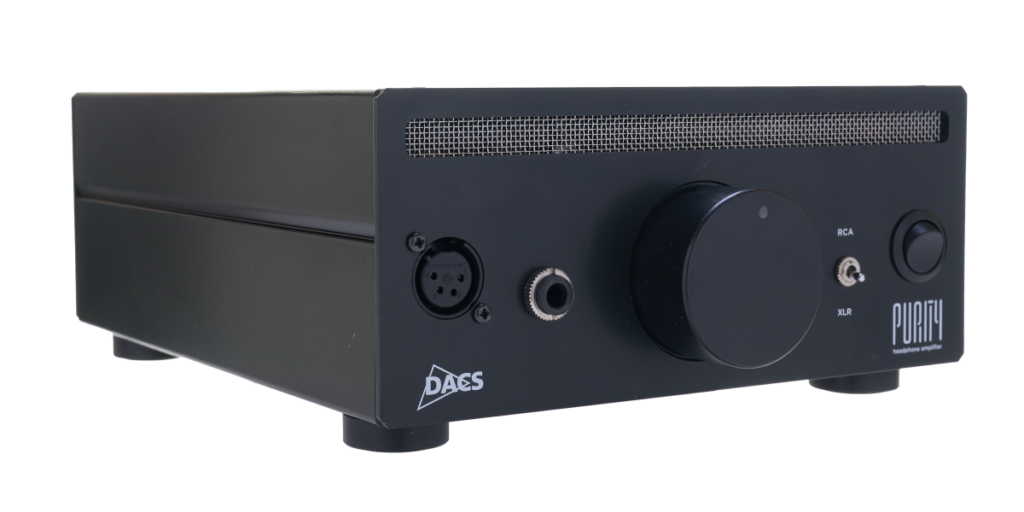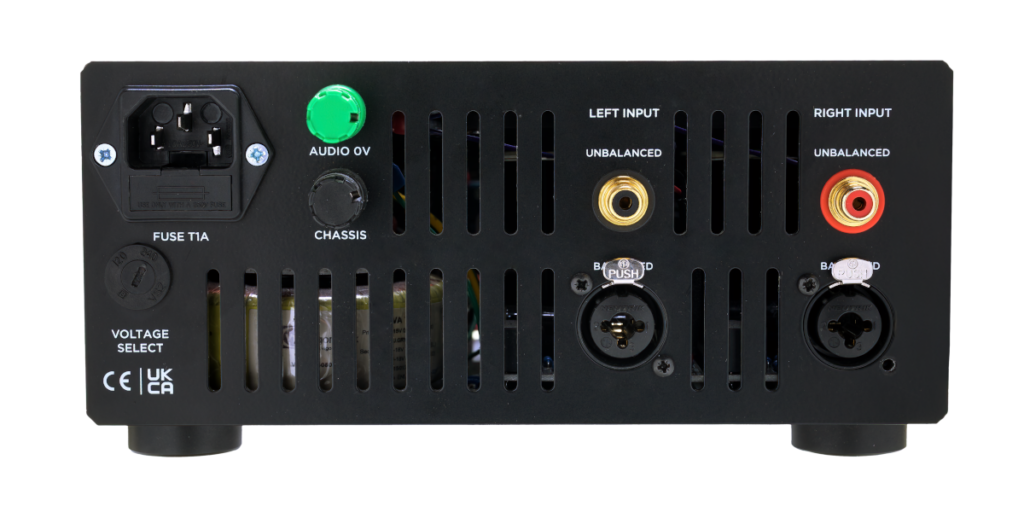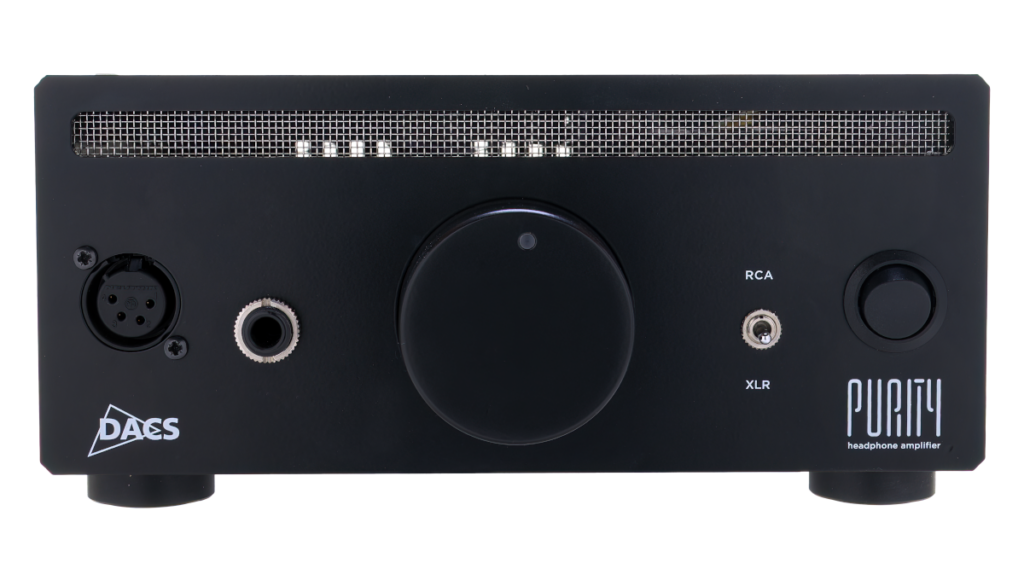
We wanted to offer something exceptional for mastering and mixing on headphones, to develop our outstanding lineage into something that would become the new standard.
The DACS Clarity HeadLite is renowned for its power and accuracy and has been driving studio headphones for more than 20 years. The HeadLite3+ with its +Power modules was developed to cater for the growth in high-power, high-fidelity headphones. The next step up was Purity.
We set to work designing an amplifier that would drive any set of headphones to their optimum performance. After two years of an intense R&D journey the Purity Headphone Amplifier has left the drawing board. It’s Pure Class A output and huge transient loving headroom make any pair of headphones sound their very best.
Follow our journey below to see how we approached the different elements distilled to create the Purity Headphone Amplifier.


Then we looked at ‘balanced’ headphones. The Purity Headphone Amplifier provides remarkably low cross talk[2] between the two independent amplifier channels; using balanced output connections, that channel independence is maintained without compromise from the Purity BDZ® Power Supply all the way to the ears.
[1] Common Mode Rejection Ratio, a measure of the circuits ability to reject interference
[2] through its super steady Zero Ohm output impedance and a star earth scheme

The new Purity BDZ® Power Supply uses a super stable, super low noise op-amp-based design, with Zero Ohm output impedance. When driven hard headphones produce back EMF, ie current flowing back towards the voltage regulator causing instability. In conventional PSU designs, this back EMF significantly reduces the PSU’s performance, with the amplifier losing control of the headphones, and generating distortion. DACS’ unique Purity BDZ® Power Supply design sinks that current away ensuring zero Ohm impedance and total output voltage stability, whatever is happening at the headphones.
Inputs – RCA & Balanced XLR/Jack
Outputs – 3P Jack & 4-Pin XLR Balanced
Gain – +10dB Unbalanced, +3dB Balanced
THD+N – 0.00078% @ 1kHz +18dBu input, 0.00095% 20Hz – 20kHz
Z Out – <0.1 Ω
SNR – 124 dB
IMD – <0.005%
Dynamic Range – 124 dB
Frequency Response – 5Hz-20kHz +/-0.15dBu
Dimensions
W: 210mm
H: 100mm (inc feet)
D: 300mm (inc knob & pole connectors)
Weight 2.5kg
Packaging
H: 230mm
W: 350mm
D: 470mm
Total Weight 4.8kg
DACS wanted to offer something exceptional for mastering and mixing engineers, and others who work professionally with headphones. Running in Pure Class A, the Purity Headphone Amplifier will drive any set of headphones to their ultimate performance level. DACS developed the unique Purity BDZ© Power Supply for Purity; the Zero Ohm output impedance is constant, even while sinking back emf generated by high power headphones, so even the strongest transients don’t degrade the PSU performance. Using an instrumentation style hand trimmed balanced input, interference pickup is minimised. The 4 pole XLR output gives you huge sound stages with staggering detail. Performance specs reflect this: THD+N, 1kHz sine wave at +18dBu into 150 Ohms is 0.00085%, while frequency response is ±0.05dB at 20Hz to 20kHz, and ±.3dB for 20Hz to 28kHz. Crosstalk between channels is -110dB.
Designed and Manufactured in Gateshead, UK
© 2025 DACS Digital Audio and Computer Systems Ltd